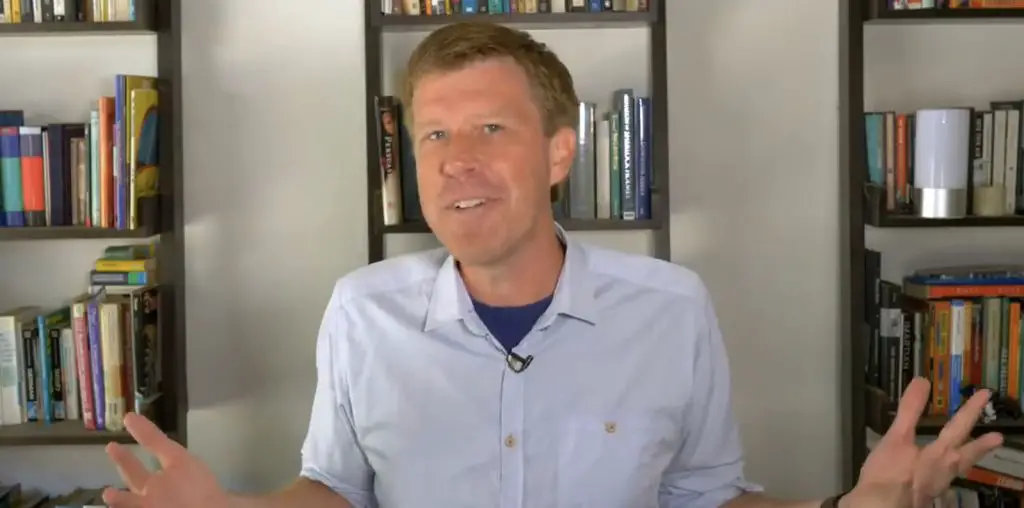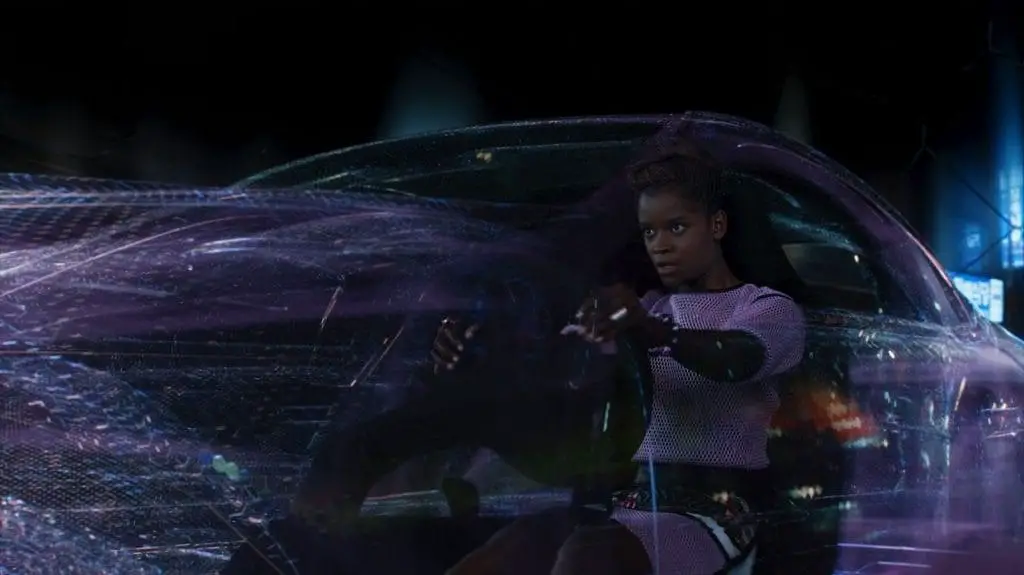
Even astronomers have figured out how to sense vibrations in space. Remember those mergers of neutron stars? They make distortions in spacetime so large that we can sense them using LIGO – 4 mile long lasers placed at different spots on Earth. In 2017, we discovered the first kilonova explosion after pointing our telescopes at where the vibrations were originating.
The sandworms can pick up on regular vibrations, but not random ones. That makes sense from an evolutionary perspective. Noise is random, but any creature would have a regular pattern you could use to find it amidst the noise. That’s how LIGO works too. The ground is constantly vibrating from seismic activity, nearby cars, and even people walking. But two neutron stars merging together makes a particular pattern of vibrations. So when several detectors hear the same thing at once, we can be sure it’s real and use the time delay to triangulate the position.
So I love the weird irregular walk the Fremen use to evade the sandworm. It puts you into the world of the movie and gives you the sense that this is an entire ecosystem they’ve adapted to.

Ornithopters
Dune has impressive spaceships that allow faster than light travel. But on the surface, they use ornithopters, or just “thopters,” a craft that uses flapping wings to fly. Why would you even create such a thing? On Earth, both jet and helicopter engines are susceptible to damage by dust. Plus, kicked-up sand makes it hard to see.
You have to adapt your aircraft to the conditions of your planet. Just look at NASA’s Mars helicopter, ingenuity. Mars’ atmosphere is only about 1% the density of Earth’s, requiring a very lightweight aircraft with fast, counter-rotating rotors. Ingenuity is only about 4 pounds on Earth or about 1.5 pounds on Mars. It has larger blades than you’d need on Earth, and they rotate about 10x faster, at more than 2400 rpm.
The craziest thing is, because of the 10 to 40 minute round-trip travel time of light between Earth and Mars, Ingenuity has to fly by itself without human intervention. Despite all these hurdles, ingenuity is a success. Even though it’s a test mission, it has flown more than a dozen flights on Mars, testing autonomous flight on another planet and scouting the terrain for its companion rover Perseverance.
Ornithopters also evoke a real throwback sensibility. Before the invention of the airplane, most people were trying to achieve flight by mimicking birds. This was talked about through the middle ages, and Leonardo DaVinci even had a design for an ornithopter. By the late 1800s, toy ornithopters were developed that could actually fly, but they weren’t big enough to carry people. Humans just aren’t strong enough to use wings, though that didn’t stop people from trying. Even after the invention of the airplane, people kept the dream of the ornithopter alive. However, ones powerful enough to carry people either got help with propulsion or didn’t get very far.
The ornithopters in Dune have multiple sets of beating wings reminiscent of a dragonfly. Dragonflies are the best-flying insects – they can fly higher and farther than anything else, hover, fly upside down, and even backwards! That’s thanks to their four huge wings, each of which can be independently controlled. So a dragonfly is a great creature to model an aircraft on – it gives it believable grounding while being fantastical at the same time.
Conclusions
Dune is obviously space fantasy, much like Star Wars. The problem with fantasy often is that things seem so made up that there are no stakes. But when you base things on real science, it elicits a natural sense of understanding and sometimes even fear in the audience without taking them out of the movie. At the same time, you have to depart just enough from the familiar to feel alien. Denis Villeneuve excels at this balance. He has an astounding sense of artistry and attention to detail, and he knows exactly how to craft the beautiful and amazing world of Dune to bring out the sense of awe and wonder in the audience.


